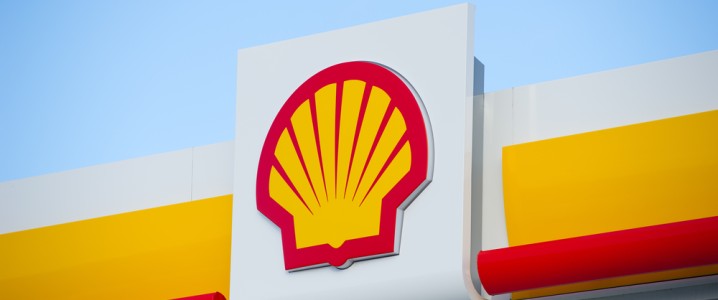Shell plc’s Nigerian subsidiary, Shell Nigeria Exploration and Production Company Limited (SNEPCo), has approved investment in the HI offshore gas development, marking another major step in expanding Nigeria’s liquefied natural gas (LNG) exports and reinforcing Shell’s global integrated gas strategy.
The HI field, discovered in 1985 and located about 50 kilometers off Nigeria’s coast in 100 meters of water, is expected to produce up to 350 million standard cubic feet of gas per day—equivalent to around 60,000 barrels of oil equivalent per day—by the end of this decade. The project’s estimated recoverable resource stands at approximately 285 million barrels of oil equivalent (mmboe).
Production from HI will be processed onshore at Bonny Island, where gas will be fed to Nigeria LNG (NLNG), in which Shell holds a 25.6% interest. The project aligns with the ongoing Train 7 expansion, which aims to increase the terminal’s capacity by 35%. The added gas supply will bolster Nigeria’s LNG exports and support local economic growth through construction and operational employment.
Shell Upstream President Peter Costello said the decision underscores the company’s “continued commitment to Nigeria’s energy sector,” particularly in Deepwater and Integrated Gas. He added that the HI project will “help Shell grow our leading Integrated Gas portfolio while supporting Nigeria’s ambition to become a more significant player in the global LNG market.”
The HI development, operated under a joint venture between Sunlink Energies (60%) and SNEPCo (40%), will feature a wellhead platform with four wells, a multiphase gas pipeline to Bonny Island, and an onshore processing plant. Condensates from the project will be exported through the Bonny Oil and Gas Export Terminal.
Related: TotalEnergies Sees Non-OPEC Supply Beginning to Drop at $60 Oil
The investment comes less than a year after Shell’s FID on the Bonga North deepwater project and its increased stake in the Bonga field, signaling sustained interest in Nigeria despite challenging fiscal and regulatory conditions. These developments contribute to Shell’s 2025 Capital Markets Day commitment to deliver upstream and integrated gas projects achieving a combined 1 million boe/d of peak production by 2030.
Liquefied natural gas remains central to Shell’s energy transition strategy, offering lower emissions than coal and petroleum-based fuels. The company aims to grow its global LNG output by 4–5% annually through the end of the decade, leveraging projects like HI to meet rising global demand.
